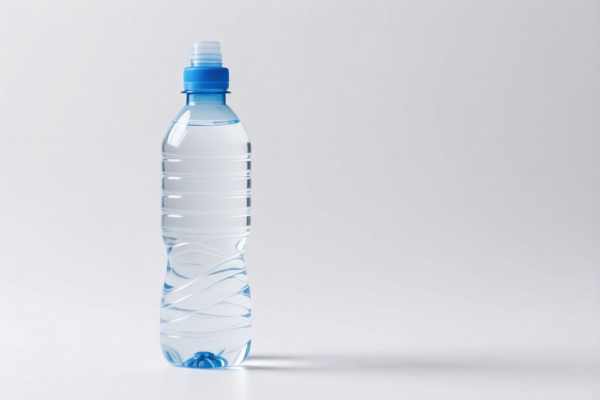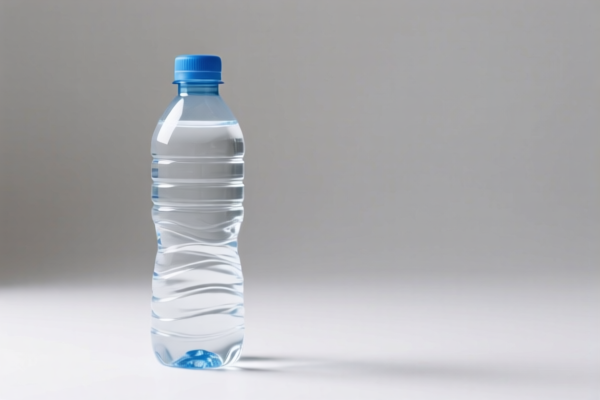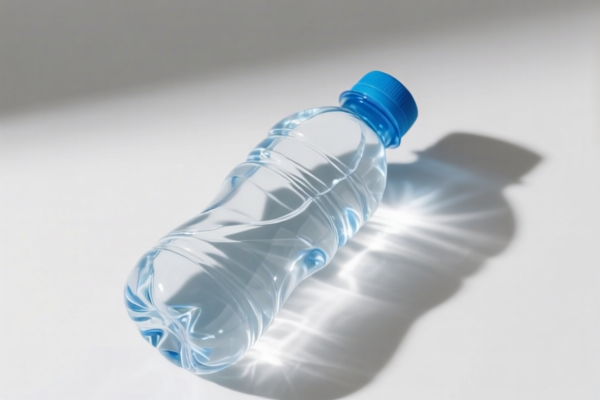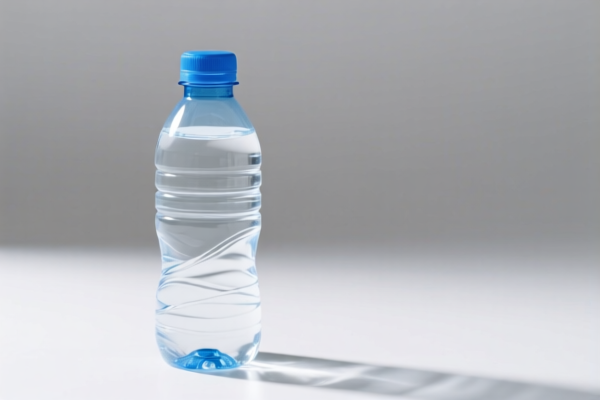| HS Code | Official Doc | Tariff Rate | Origin | Destination | Effective Date |
|---|---|---|---|---|---|
| 3808594000 | Doc | 60.0% | CN | US | 2025-05-12 |
| 3808945010 | Doc | 60.0% | CN | US | 2025-05-12 |
| 3814001000 | Doc | 61.5% | CN | US | 2025-05-12 |
| 3814005090 | Doc | 61.0% | CN | US | 2025-05-12 |
| 3307900000 | Doc | 60.4% | CN | US | 2025-05-12 |
| 3304995000 | Doc | 55.0% | CN | US | 2025-05-12 |
| 3304991000 | Doc | 55.0% | CN | US | 2025-05-12 |
| 4819502000 | Doc | 55.0% | CN | US | 2025-05-12 |
| 4819504060 | Doc | 55.0% | CN | US | 2025-05-12 |
| 4823901000 | Doc | 55.0% | CN | US | 2025-05-12 |
| 4823908000 | Doc | 55.0% | CN | US | 2025-05-12 |




Disinfection Bottle
A disinfection bottle is a container designed for storing and dispensing disinfectant solutions, commonly used for cleaning and sanitizing surfaces, hands, and objects. These bottles vary significantly in design and functionality based on intended use and the type of disinfectant they hold.
Material
Disinfection bottles are manufactured from a range of materials, each with specific properties:
- High-Density Polyethylene (HDPE): A common and cost-effective plastic, resistant to many chemicals found in disinfectants. Often used for larger volume bottles.
- Polypropylene (PP): Another widely used plastic, known for its chemical resistance and durability.
- PET (Polyethylene Terephthalate): Frequently used for single-use or limited-use bottles, especially for spray applications.
- Glass: Offers excellent chemical resistance but is more fragile and heavier. Typically used for specialized disinfectants or smaller volumes.
- Stainless Steel: Used for reusable bottles intended for frequent refilling and professional settings, providing durability and chemical compatibility.
Purpose
The primary purpose of a disinfection bottle is to safely contain and apply disinfectant liquids for:
- Surface Sanitization: Cleaning countertops, floors, doorknobs, and other frequently touched surfaces.
- Hand Hygiene: Dispensing hand sanitizers or disinfectant solutions for handwashing or rubbing.
- Medical Disinfection: Used in healthcare settings for disinfecting equipment and surfaces.
- Personal Hygiene: Containing alcohol-based solutions for wound cleaning or skin disinfection.
Function
Disinfection bottles employ various dispensing mechanisms:
- Spray Bottles: Utilize a pump to create a fine mist for broad surface coverage.
- Pump Bottles: Dispense a measured amount of liquid with each press.
- Squirt Bottles: Allow for controlled pouring or application of liquid.
- Flip-Top Bottles: Feature a hinged cap for easy pouring.
- Foam Bottles: Mix liquid with air to create a foam for easier application and coverage.
Usage Scenarios
Disinfection bottles are employed in diverse settings:
- Household: General cleaning and sanitization of homes.
- Healthcare: Hospitals, clinics, and dental offices for infection control.
- Commercial: Restaurants, schools, and offices for maintaining hygiene standards.
- Personal: Travel, gyms, and public transportation for individual use.
- Industrial: Manufacturing facilities and laboratories for specialized disinfection protocols.
Common Types
- Hand Sanitizer Bottles: Typically smaller, portable bottles containing alcohol-based gels or liquids. Often 50ml to 500ml in volume.
- Spray Disinfectant Bottles: Commonly used for cleaning surfaces, available in various sizes (500ml to 1L or larger).
- Trigger Spray Bottles: Feature a trigger mechanism for controlled spraying.
- Electrostatic Sprayers: Advanced bottles that charge the disinfectant liquid, allowing it to adhere more effectively to surfaces. Primarily used in professional settings.
- Automatic Dispensers: Touchless dispensers that release a pre-measured amount of disinfectant when a hand is placed beneath them.
- Refillable Bottles: Designed for repeated use with bulk disinfectant solutions, reducing plastic waste.
Disinfection bottles fall under several potential classifications based on their composition and specific use, as detailed in the provided materials. Here's a breakdown of relevant HS codes:
-
3808594000: This code covers insecticides, rodenticides, fungicides, herbicides, antisprouting products and plant-growth regulators, disinfectants and similar products, put up in forms or packings for retail sale or as preparations or articles. Specifically, it applies to "Other: Disinfectants". The basic tariff is 5.0%, with an additional 25.0% surcharge, increasing to 30% after April 2, 2025, resulting in a total tariff of 60.0%. This is applicable if the bottle is sold as a packaged disinfectant product.
-
3808945010: This code also covers insecticides, rodenticides, fungicides, herbicides, antisprouting products and plant-growth regulators, disinfectants and similar products, put up in forms or packings for retail sale or as preparations or articles. It specifically applies to "Other: Disinfectants: Other Wipes, other than paper wipes or nonwoven wipes, impregnated with alcohol or other disinfectants". While this refers to wipes, it indicates the classification of disinfectants in packaged forms. The tariff structure is identical to 3808594000: 5.0% basic tariff, 25.0% surcharge (increasing to 30% after April 2, 2025), for a total of 60.0%.
-
4819502000: This code covers cartons, boxes, cases, bags and other packing containers, of paper, paperboard, cellulose wadding or webs of cellulose fibers. Specifically, it applies to "Other packing containers, including record sleeves: Sanitary food and beverage containers". If the disinfection bottle is considered a sanitary container for liquids, this code may be applicable. The tariff is 0.0% basic, with a 25.0% surcharge (increasing to 30% after April 2, 2025), totaling 55.0%.
-
4819504060: This code covers cartons, boxes, cases, bags and other packing containers, of paper, paperboard, cellulose wadding or webs of cellulose fibers. Specifically, it applies to "Other packing containers, including record sleeves: Other Other: Other". This is a broader category for packing containers and may apply if the bottle doesn't specifically fall under the "sanitary" classification. The tariff structure is the same as 4819502000: 0.0% basic, 25.0% surcharge (increasing to 30% after April 2, 2025), totaling 55.0%.
Important Considerations:
The classification depends on whether the bottle is sold as a disinfectant product (3808 codes) or as a packaging container (4819 codes). If the bottle is simply an empty container, the 4819 codes are more appropriate. If it's pre-filled with disinfectant solution, the 3808 codes apply.
According to the provided reference material, the HS code options related to 'disinfection bottle' are limited, with only the following 4 found.
Customer Reviews
No reviews yet.